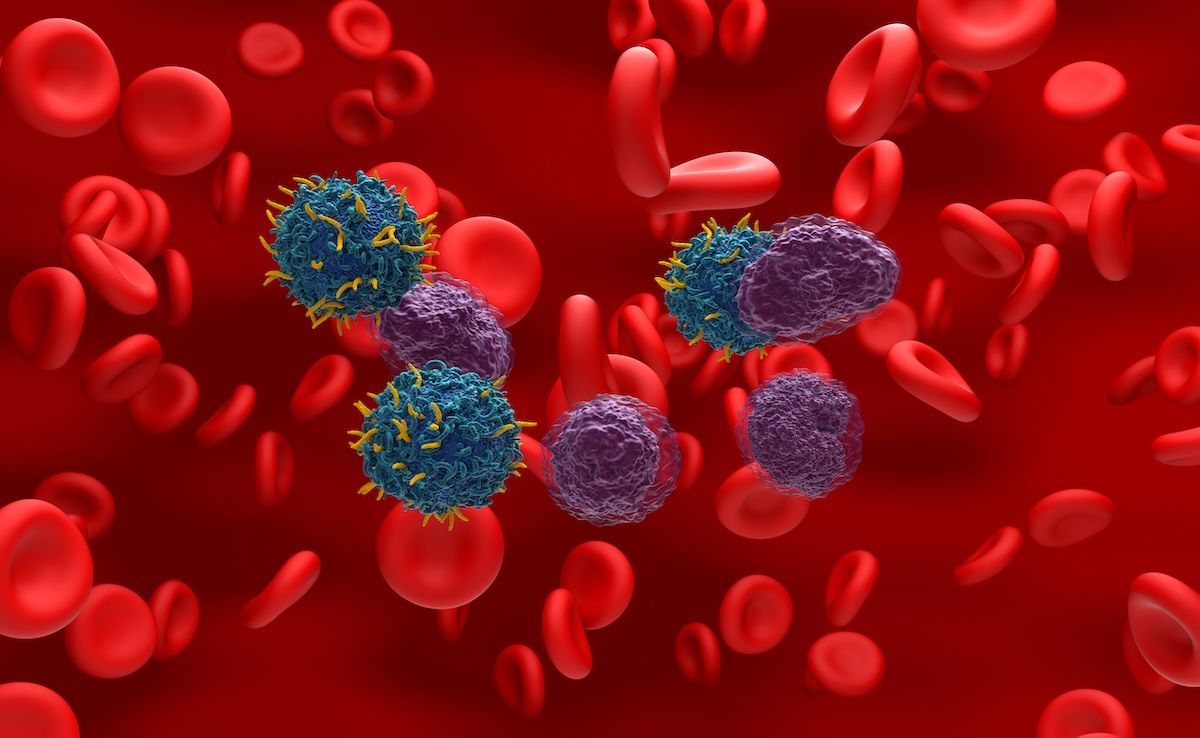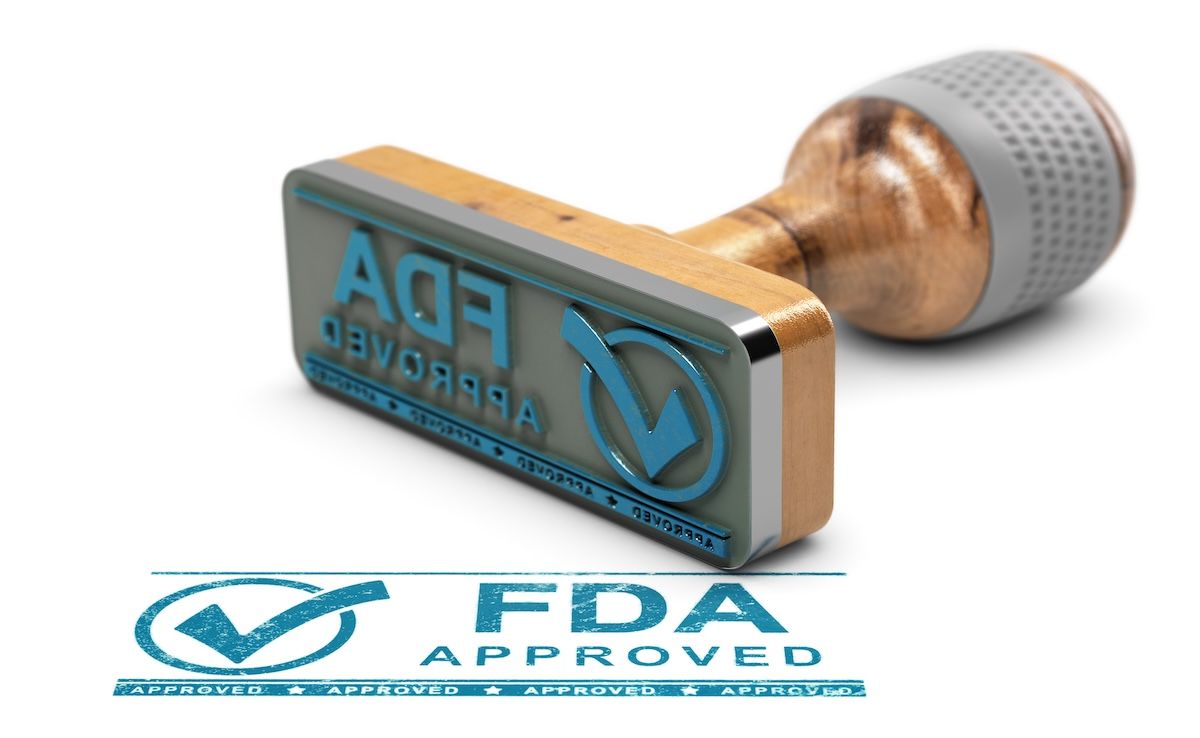News
Article
CMS, CMMI Seek Feedback on Oncology Care First, Successor to OCM
Author(s):
There has been much speculation among the 175 practices still taking part in the OCM what will happen when the 5-year model expires in 2021. The RFI document states that the Oncology Care First model would start in January 2021, “when no new episodes would be initiating in OCM.”
Without warning, CMS and the Center for Medicare and Medicaid Innovation (CMMI) have launched the process to craft what will come after the Oncology Care Model (OCM), as officials released an informal Request for Information (RFI) on a successor model and made plans for a listening session with stakeholders.
On Friday, CMS posted a document titled, “Oncology Care First Model: Informal Request for Information,” in advance of Monday’s scheduled listening session. Comments on the RFI are due November 25, 2019, according to an email from CMS. While the listening session had been advertised last week during the Community Oncology Alliance Payer Exchange Summit, held October 28-29 in Tyson’s Corner, Virginia, a CMS official who appeared at the meeting did not mention the RFI document.
There has been much speculation among the 175 practices still taking part in the OCM what will happen when the 5-year model expires in 2021. The RFI document states that the Oncology Care First (OCF) model would start in January 2021, “when no new episodes would be initiating in OCM.” The OCM evaluates oncology care in 6-month episodes and thus far has released data from 4 performance periods.
During the COA Payer Exchange Summit, CMS’ Senior Medical Advisor for Innovation Anand Shah, MD, said that “robust” feedback from front-line oncologists—and resulting adjustments—had been key in establishing the OCM as one of CMMI’s most important value-based payment models.
However, the good will seen at the summit seemed to have evaporated by Saturday, when COA Executive Director Ted Okon, MBA, sent a series of tweets that the RFI release just days before Monday's scheduled call had taken community oncologists by surprise. Okon speculated that a proposed rule "is already in the works." (See below.)
The RFI document suggests that the new model, Oncology Care First (OCF), will build upon both the OCM and physician-driven models that have been submitted to a federal review panel, the Physician-Focused Payment Model Technical Advisory Committee (PTAC). Early in the Trump administration, there was speculation that PTAC recommendations would replace CMMI as the driver of payment reform, but that did not happen once Alex Azar replaced Tom Price, MD, as HHS Secretary.
However, the OCF document suggests the physician models submitted to PTAC, including COA’s model, called OCM 2.0, may be reflected in the next generation model now in the works. The OCF document states that “robust” physician feedback is appreciated—precisely the term Shah used at the COA summit.
“In particular, we greatly appreciate the oncology-related proposals submitted to the [PTAC],” the document states. “We are continuing to think of ways to incorporate elements of these proposals submitted to the PTAC as well as PTAC’s recommendations and comments.”
“The multi-payer aspect of this potential model could also encourage more comprehensive oncology practice transformation and provide the opportunity to improve the quality of care and decrease costs for non-Medicare fee-for-service (FFS) oncology patients,” the document sates. “The potential OCF Model would be a new and distinct model from current 5-year OCM, building on lessons learned to date in that model.”
Besides COA’s recently submitted OCM 2.0 Model, PTAC has approved the Making Accountable Sustainable Oncology Networks (MASON) model, submitted by former American Medical Association President Barbara McAneny, MD, on behalf of Innovation Oncology Business Solutions, among others. Notably, MASON excludes drug costs from target prices.
During the Payer Exchange Summit October 29, Shah and Okon discussed how to include extremely high-cost cancer therapies and “the sickest of the sick” in a sustainable payment model. The OCM came online before many of today’s most innovative gene therapies, such as chimeric antigen receptor (CAR) T-cell therapy, had reached FDA for approval.
The OCF document states that the successor model will include:
- A prospective, monthly population payment (MPP) for the practice or hospital’s Medicare FFS population who have cancer or a related diagnosis. The payment will include evaluation and management (E/M) services, as well as “enhanced services,” which are required under the model, and drug administrative services.
- Accountability for total cost of care, including drugs, incurred over a 6-month episode. An “episode” would be triggered when a patient receives a Part B or chemotherapy drug. The participant would have the opportunity for a performance-based payment or owe repayment to CMS, based on quality performance and costs relative to targets. Thus, it appears the successor model will only allow 2-sided risk, which is being implemented in the final year of the current OCM.
Okon's tweets Saturday morning read:
I may have to take back my comments in the @AJMC_Journal article by @MaryKCaffrey where I praised the collaborative efforts of @CMSinnovates. This crazy process is not collaboration with all stakeholders, especially providers and patients. https://t.co/xr8TRgZLll
— Ted Okon (@TedOkonCOA) November 2, 2019





